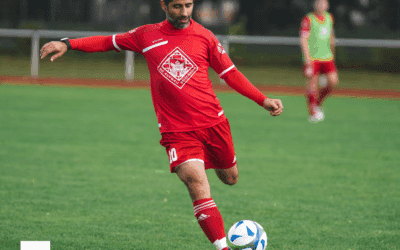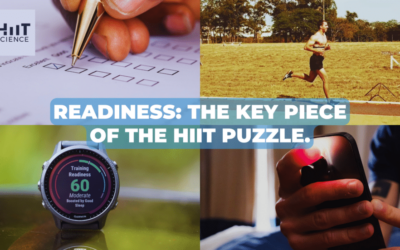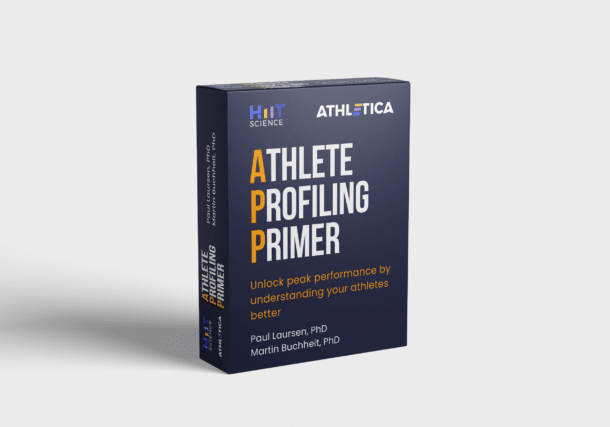EGO has created the best things in sport but also the worst
Darcy Norman, Kitman Labs, US Men’s National Soccer Team
Background
Sport is a sanctuary for ego. It’s one of the few places we’re allowed to have one, and, indeed, to celebrate and revel in it. Two players chest-bumping after a basket or two-run home run midway through a midseason game between two mid-table teams is hardly worth commenting on. In any other line of work, people are rarely permitted some outward acknowledgment of their present success and longer-term greatness. Even in high-performance work environments like finance, medicine or tech, people look askance at any celebration of accomplishment… all the while their heartbeat speeds up watching a player wheel away after a goal, doing their victory dance, pulling the spotlight onto themselves, soaking up the admiration.EGO is the sense of “I”, the sense of me, of oneself. I like to call it our “I-dentity”
Pippa Grange, psychologist, culture coach, and author.
Unfortunately, ego’s safe space in sport extends only to those who take the field, rink, court diamond or track – the ones on camera and in the headlines. The practitioners in high-performance sport – the sports scientists, strength & conditioning coaches, nutritionists, physiotherapists and others – labor under the same confusion, repression, dysfunction and derision provoked by a word that once simply meant “I” and is now cast to represent everything from “the fountainhead of human progress” to “the enemy.” Ego.The book
This is the book I needed 20 years ago. My career has taken me to many of the top teams and institutions in sports and academia. My education and ambition prepared me to meet every challenge high-performance sports science could present.But nothing prepared me for the daily conflicts with colleagues on the field of ego.I knew I couldn’t be the only one who found myself questioning everything about my profession as I made my way through a world of dysfunctional egos. Other practitioners must have been told “I am the only one in the world who can do that, so let me do it,” or “I’ll never learn anything from you because I already know everything I need.”
Someone, among my peers, must have found a clean, rational, professional way of dealing with such people while keeping their integrity intact.So I called and interview them. At the start, it was really about me and finding solutions. Then, when I started to realize how insightful these chats were and how relevant my colleagues’ answers were, I decided to turn that into a book. I wrote it from the locker rooms – gathering the voices of the people from the same lockers all around the world of high-performance sports.

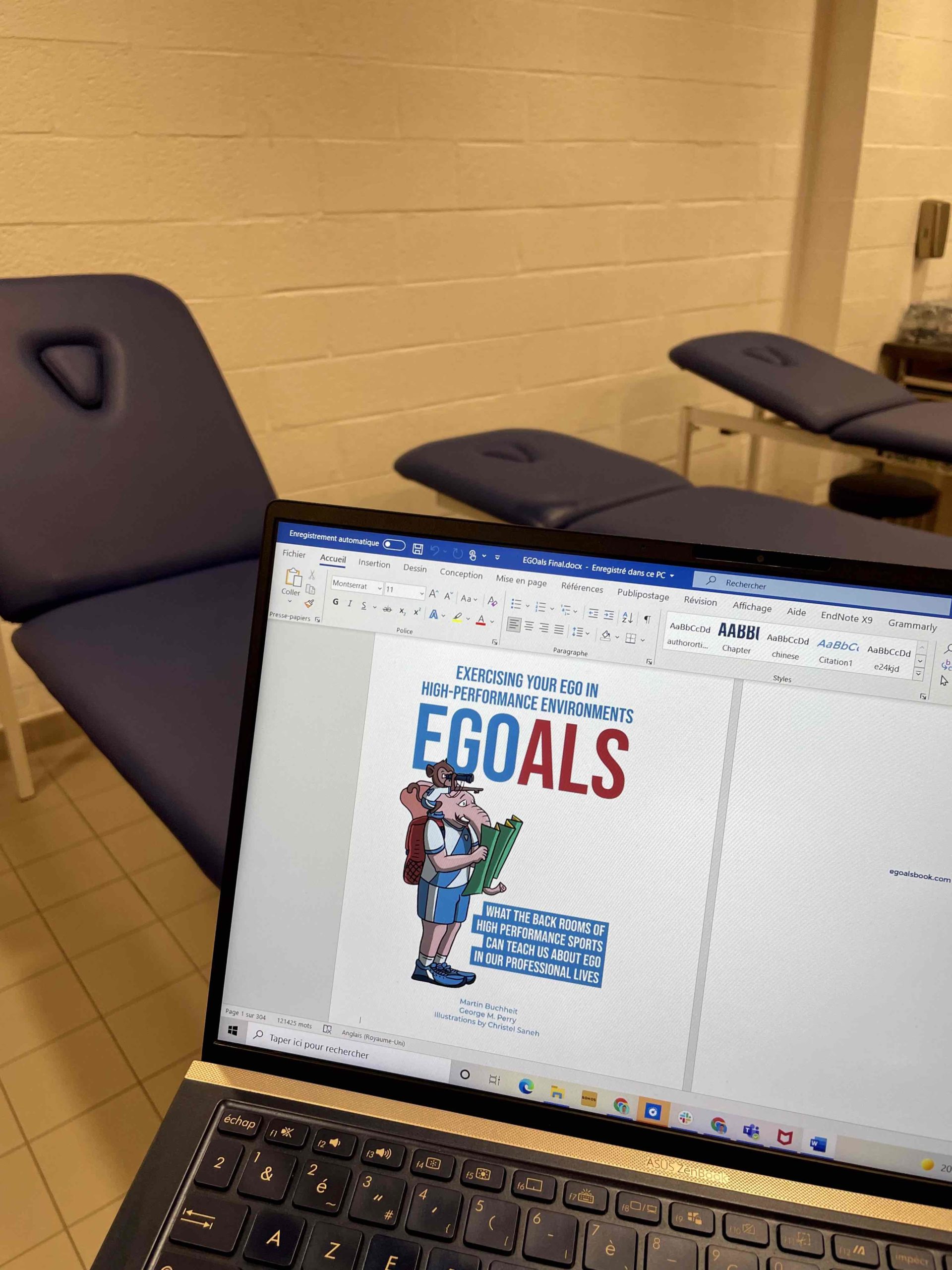 With my co-author George Perry, we use these stories from the backrooms of professional sports to guide readers from any workplace – sports, tech, finance, medicine – to develop an ego worth celebrating.
With my co-author George Perry, we use these stories from the backrooms of professional sports to guide readers from any workplace – sports, tech, finance, medicine – to develop an ego worth celebrating.
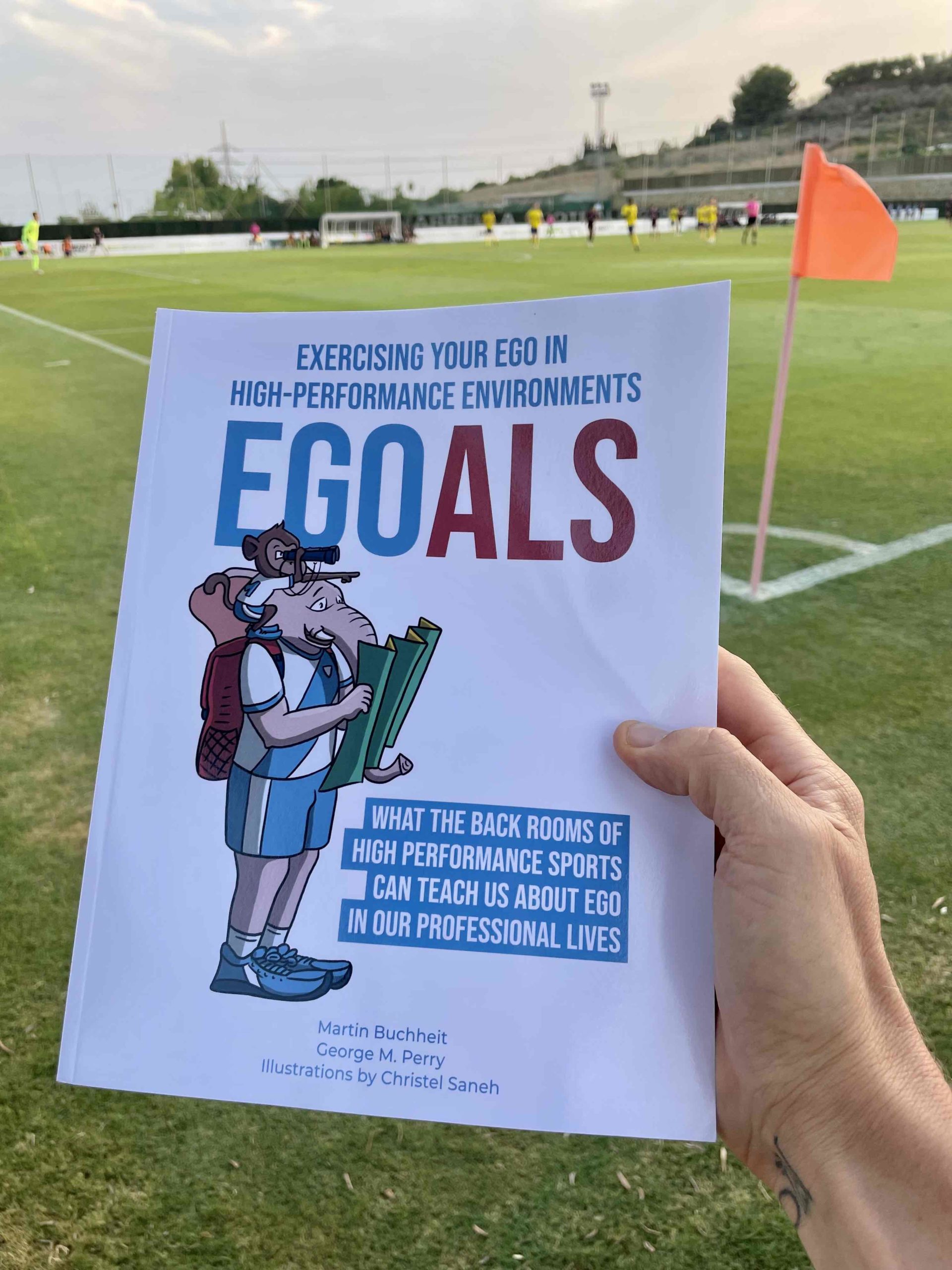 Martin
Martin


